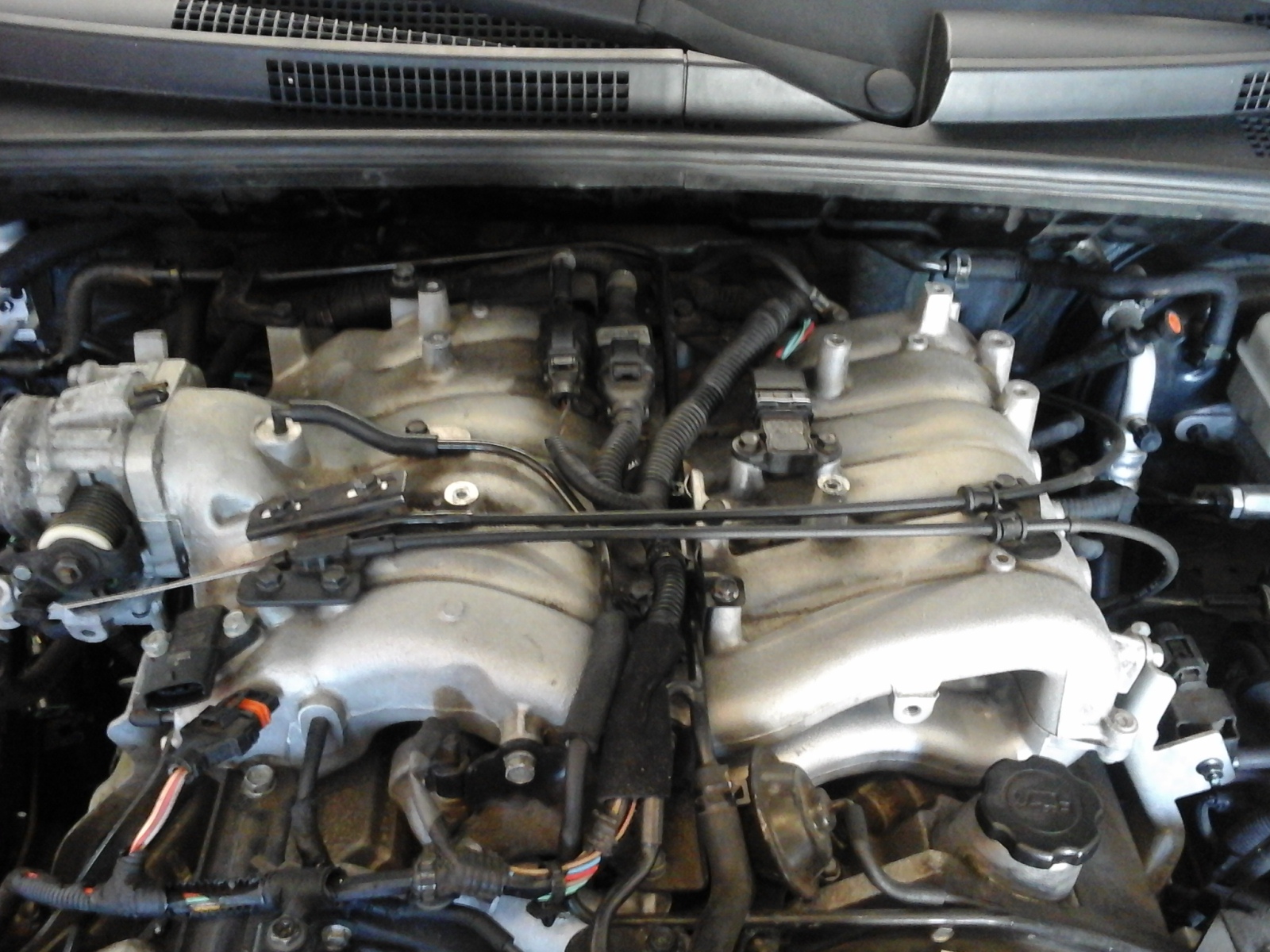Wednesday, February 1st, 2017
MAKING SENSE OF ENGINE SENSORS
Do you remember Campbells Alphabet Soup when you were younger? Remember trying to make words out of all the letters in the bowl before you ate them? It was fun then, now did you ever in your wildest dreams think that talking to your service provider would be like looking in that bowl of alphabet soup? I would quite honestly venture to say that the answer is a resounding NO!

Automotive Engine Sensors
Let’s start with the most basic acronyms what they really stand for and just how important they are.
- PCM: aka ECM or ECU. (the powertrain control module or engine control unit) This is the grand poohbah of all control units. It is the last word in every function in the automotive hierarchy. Every other module eventually reports to him, before making any decision.
- O2 Sensor: (oxygen sensor) Of all the sensors in the engine, this is probably the least understood and has the highest failure rate. This sensor “reads” the amount of oxygen in the exhaust stream of the engine. Too much oxygen means that the engine is running too lean and not enough oxygen means that the engine is too rich. This sensor reports directly to the PCM and its information helps the PCM to control the fuel trim so that the engine runs at its optimum air fuel ratio. Back in the 80’s there was one of these on every vehicle. Since 1996 and the advent of OBDII, (second generation of on board diagnostics) every four cylinder has a minimum of 2 and any “V” engine has a minimum of 4. Extended length vans have 6.
- MAP or MAF sensors: While these two sensors are complete different in design and operation, they have the same function. They are tasked with reporting to the PCM just how much air is being ingested into the engine, so that the PCM can accurately decide just how much fuel to mix with it in the combustion chamber. The MAF sensor which stands for MASS AIR FLOW, measures just how much air is going into the engine by monitoring the temperature and speed of the air that passes over it. It is usually mounted very close to the air filter with either 3 or 5 wires. The MAP sensor which is the MANIFOLD ABSOLUTE PRESSURE sensor, senses the amount of lack of vacuum in the intake manifold. Manifold vacuum is at its highest when cruising or decelerating signifying the least demand for fuel. When the throttle plates open and the manifold vacuum disappears, it tells the PCM that the vehicle is accelerating and has a high demand for fuel. Obviously the lower the manifold vacuum the higher the fuel demand is.
- ECTS and MAT sensors. Both sensors are nothing but temperature sensors. ECT monitors the temperature of the of the engine coolant and the MAT measures the temperature of the air in the intake manifold. These report to the PCM the actual temperature of the engine. The PCM uses this information to know if this is a cold start situation and if it should “electronically set the choke” or to understand if each startup can be used as a drive cycle. Just a hint to you do it yourselfers out there, the air temperature, coolant temperature and oil and transmission fluid temperatures MUST be within 10-15 degrees of each other on a cold engine. (a cold engine signifies that it has not been running for at least 6-8 hours).
- TPS: throttle position sensor. This sensor reports to the PCM just how wide the throttle plates are open, or to put simply, just how far you’re pressing down on the accelerator. This makes the phrase pedal to the metal make sense now.
These are the most remarked about sensors and usually the most misunderstood. Our next article will continue about these and other sensors that control how your vehicle runs.
PREVENTIVE MAINTENANCE REDUCES THE COST OF OWNERSHIP.
MAINTENANCE STARTS AT MILE 00001
236 S. Tamiami Tr.
Punta Gorda, Fl. 33950
941-575-8868
www.greggsauto.net
Auto Repair, A/C Repair, Oil Change, Brake Repair & Transmission Services
